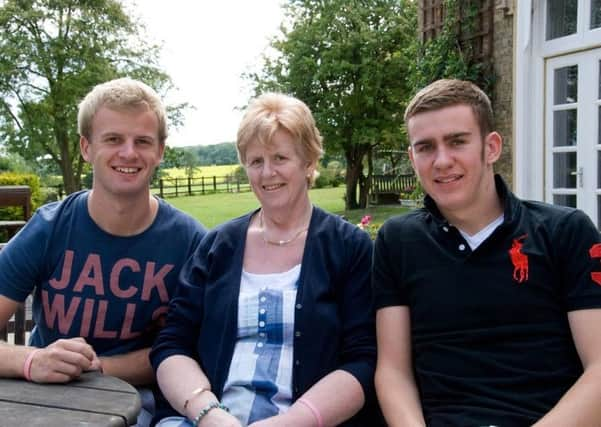Hospices are a place of peace


Sue Ryder’s report, A Time and a Place, reveals that stereotypes about hospices are acting as a barrier.
Martin Satchwills, whose wife was cared for at St John’s Hospice in Moggerhanger, has spoken about the care she and the family received.
Advertisement
Hide AdAdvertisement
Hide AdMartin was diagnosed with a brain tumour in 2002 and given just two years to live – but in the end it was his wife, Judith, who needed the hospice. She suffered from breast cancer, which returned in 2011, sadly dying.
Martin became her main carer. He said: “It was exhausting and heart-breaking to go from being Judith’s husband and equal to taking care of her every need every minute of the day.”
Once she went to the hospice he was able to revert to being a loving husband.
The hospice has no visitor restrictions so family and pets can visit at any time of the day or night and stay as long as they like. There are quiet spaces, medical expertise and support for patients and families.
People with direct experience of hospices are more likely to choose to die in one.